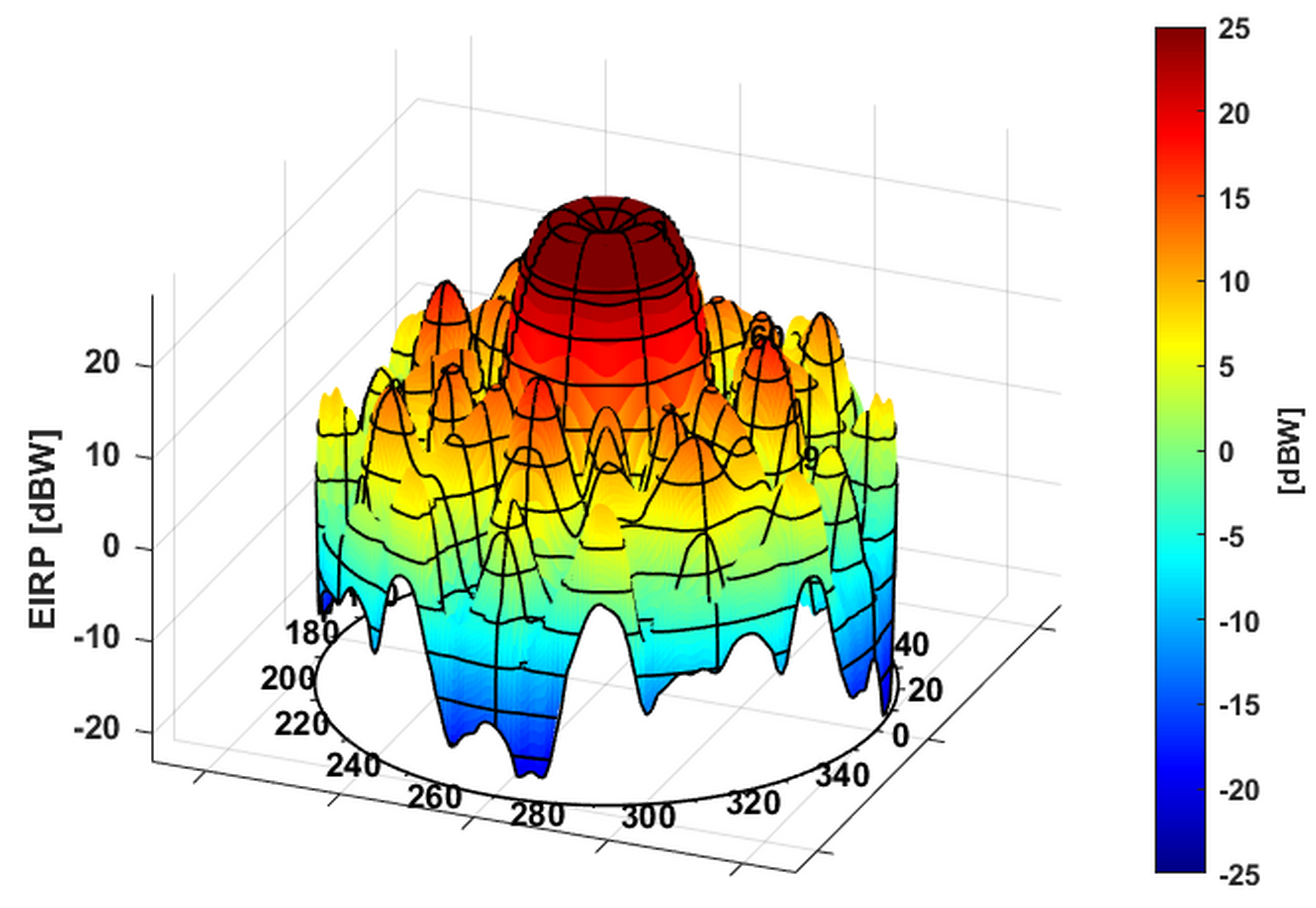The Galileo Reference Antenna Pattern document describes signal emissions from Galileo Navigation Antennas, supporting Space users.

Galileo is already providing very precise Position and Timing services everywhere on Earth, as a part of its evolution, the Mission for the Galileo Second Generation will expand the provision of those services beyond the scope of terrestrial applications, opening the service to users moving above the Earth atmosphere, in Low, Medium, Geostationary Orbit or even beyond.
This means that Galileo will notably benefit to satellites from other EU Space Programme's components: Copernicus sentinels and IRIS2 constellation as well as other LEO constellations, scientific missions, and planned Moon missions.
The Galileo Space Service is developed as part of a significant international effort, conducted under the umbrella of the United Nations International Committee on Global Navigation Satellite Systems (ICG), to ensure that navigation signals from the different GNSS systems are interoperable and accessible to Space users. The so-called “Interoperable GNSS Space Service Volume (SSV)” is the common framework to which Galileo contributes.
An important element for the Space Service is the Galileo Antenna Pattern. This pattern describes the signal’s emission from the Navigation Antenna of the Galileo satellites in every direction.
Through technical cooperation between the European Commission’s Joint Research Centre, DG DEFIS and the European Space Agency, and with the support of EUSPA, a model has been developed for a Galileo Reference Antenna Pattern and is now available to Space users.
The Galileo Reference Antenna Pattern document can be found in the Electronic Library of the GSC website.
Media note: This feature can be republished without charge provided the European Union Agency for the Space Programme (EUSPA) is acknowledged as the source at the top or the bottom of the story. You must request permission before you use any of the photographs on the site. If you republish, we would be grateful if you could link back to the EUSPA website (http://www.euspa.europa.eu).